To understand how shopping centres across the world are dealing with the challenges posed by e-commerce and changing demographics, you need look no further than two successful retail properties.
In Bangkok, Siam Paragon houses an ocean park and aquarium, an art gallery, an opera concert hall as well as a bowling alley and karaoke centre. In Alberta, Canada, the West Edmonton Mall has the world's largest indoor amusement park, the largest indoor water park as well as an ice rink. It also has an 18-hole miniature golf course, a bowling alley and cinema.
Offerings such as cinemas or ice rinks are becoming more common as shopping mall operators face the challenge of attracting consumers who could otherwise shop online.
In response, landlords are refreshing their tenant mix to woo new visitors with amenities ranging from yoga studios to indoor rainforests.
China's shopping mall operators warned of looming ‘lost decade'; rental prospects dim as shoppers head online
"Nowadays, customers don't want money to be drained from their pockets" said Reinhart Viane, business development director at KCC Entertainment Design, a firm that specialises in designing entertainment concepts for shopping centres. "They want to socialise, and have an experience with their friends and family. It's not just about the shopping any more.â€
In Hong Kong, The Mills, a revitalisation project by Nan Fung Development, due to open in 2018, is widely expected to set a new benchmark in the retailing industry.
The project at the site of the former Nan Fung Cotton Mill in Tsuen Wan, which closed down in 2008, is designed around a mixed-use concept consisting of a business incubator, experiential retail, and a non-profit cultural institution. The design theme evokes the glory days of Hong Kong's textile industry in the 1950s.
"In Hong Kong it is hard to include a large entertainment facility like an aquarium, or a basketball court inside a mall. Landlords have to maximise every square foot to generate revenue" said Helen Mak, senior director and head of retail services at Knight Frank.
"The trend of themed malls will develop at a faster pace in a bid to lure shoppers to visit physical malls instead of just shopping online" she said.
Analysts say two global trends are driving the changes underway.
Firstly, the explosive growth of e-commerce is forcing physical operators to get more creative. Data firm Statista anticipates online sales will grow threefold between 2014 and 2021. This has mirrored a decrease in the number of people visiting retail stores.
Once a mecca for luxury brand shopping, Hong Kong's mall owners forced to refresh their tenant mix as spending habits shift
"Online shopping provides consumers with the ultimate level of convenience" consultancy McKinsey recently noted in a recent report. "Malls will never be able to complete with the endless product selection, price comparisons and always-on nature of online.â€
Easy return policies at e-commerce giants like Amazon.com mean clothing and apparel - once the cornerstone of shopping centres' revenue - are now the largest category for e-commerce.
Secondly, is demographics. An ageing population and increasing urbanisation, particularly in Asia, means more people are living in smaller spaces. "This means there is a greater need for public spaces in which to socialise and congregate" the McKinsey report said.
Oliver Culley, director of new business development at Merlin Entertainment, operator of Legoland and Madame Tussauds, said that while operators can't charge as much for rent as they do high-end retailers, having them means shoppers stay longer each visit, which is measured as dwell time.
"If you can turn a morning shopping visit into a whole day in the mall, then you've won" said Culley. "The challenge now is getting people to come to the centre in the first place.â€
Mall of America in Minnesota is another leader when it comes to drawing shoppers, according to Dominic Wong, senior associate at Entertainment + Culture Advisors.
"The mall has a Nickelodeon theme park in the middle which drives traffic" he said. "From daytime to night time, children to adults, it has become a destination mall for people around the world.â€
As the battle heats up, industry insiders say the next way malls will stand out is through virtual reality attractions like flight simulators. "Shopping centres need to evolve to provide experience that people cannot get online" said Wong.
.jpg)
_PH_Banner_(Desktop)(1200x180px).png)
.jpeg)
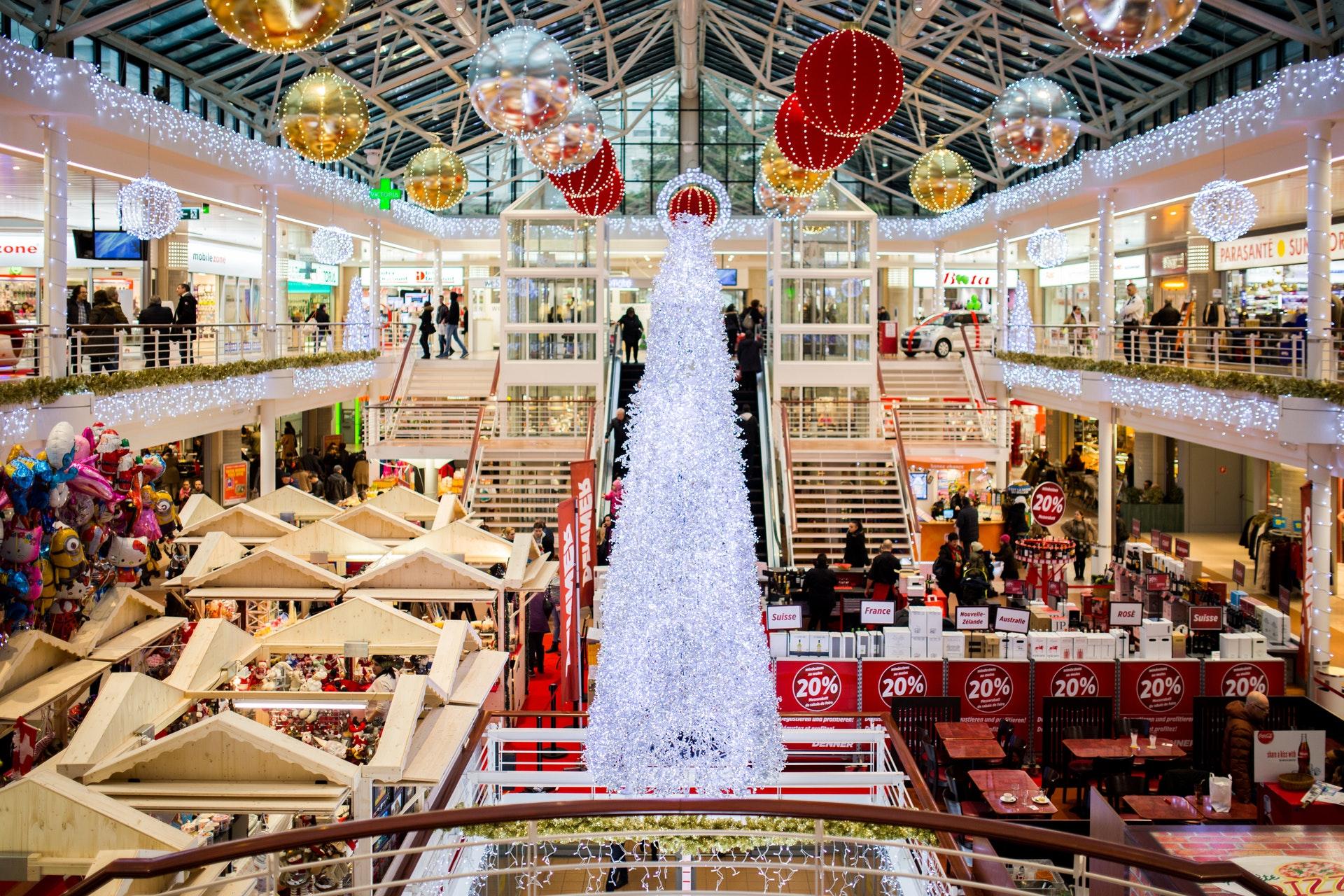
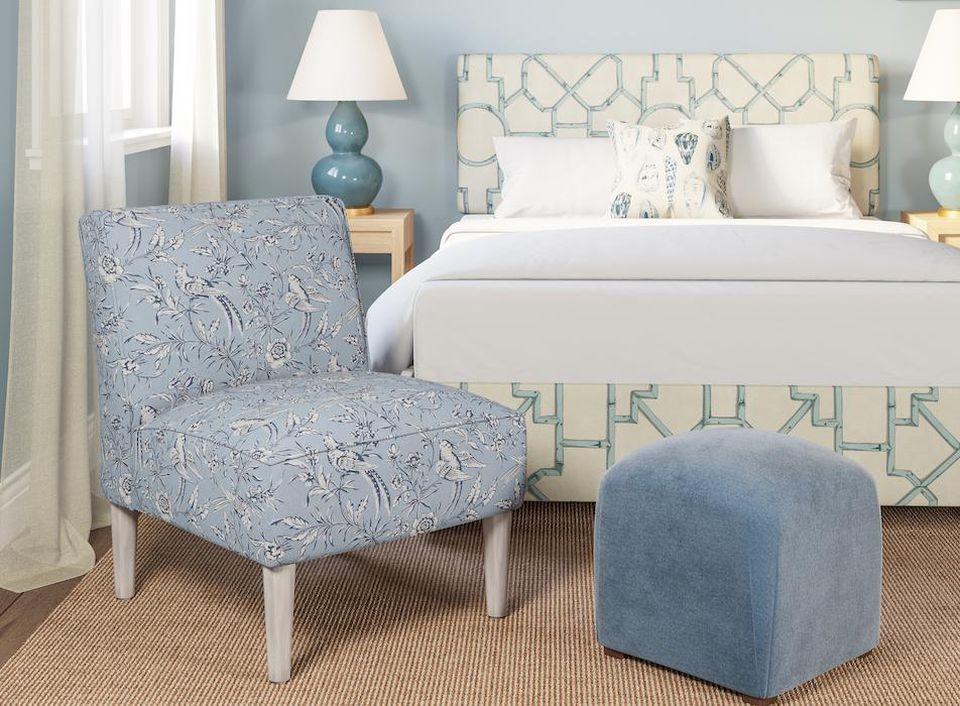

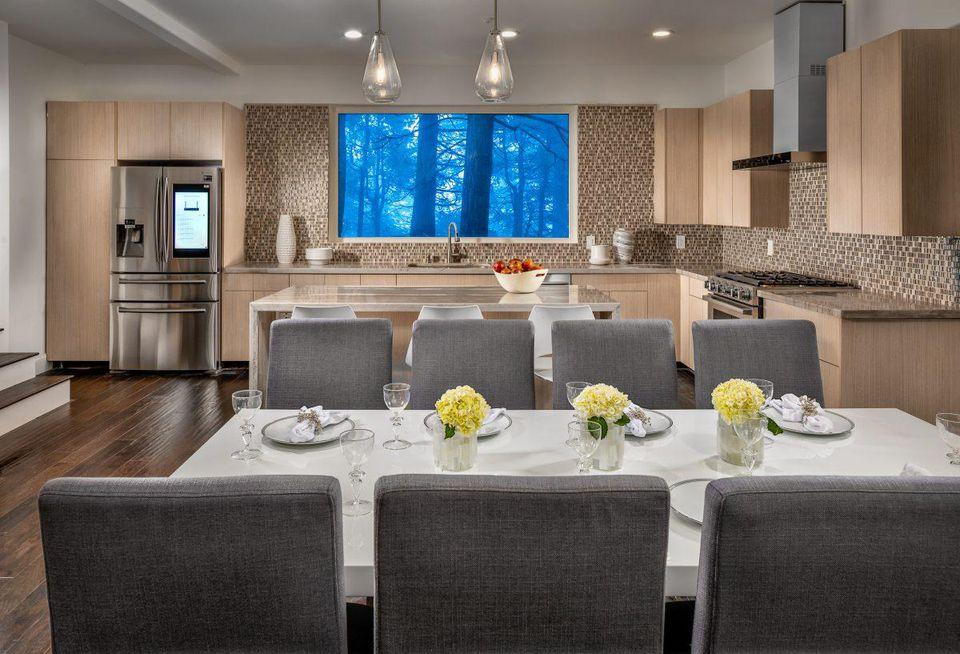
.jpg)
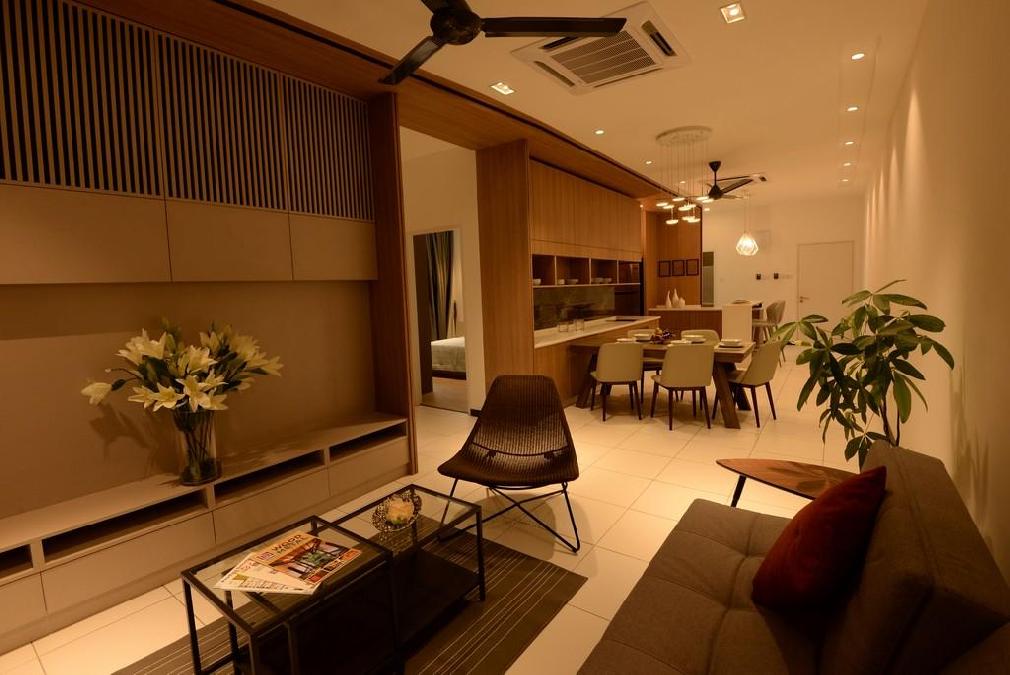
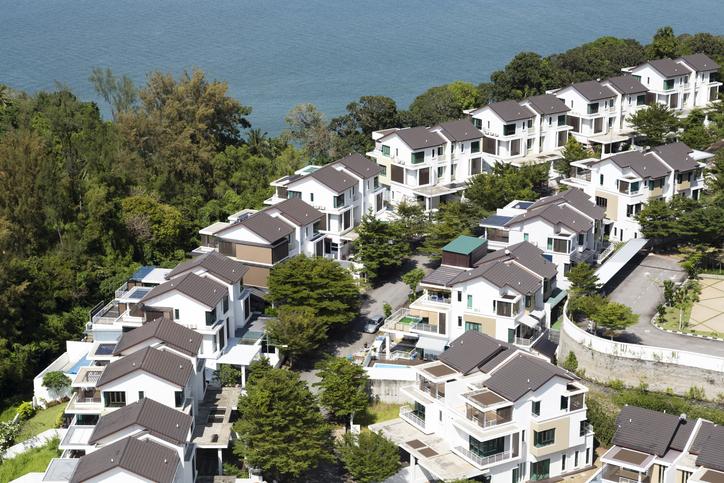

.jpeg)
.jpg)
